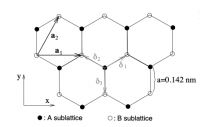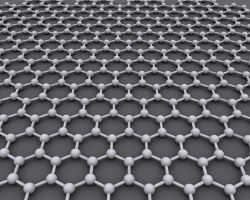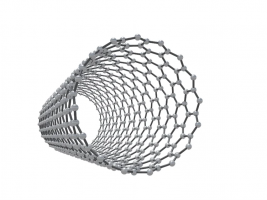Difference between revisions of "Electronic properties of 2D and 1D systems"
Jump to navigation
Jump to search

| Line 28: | Line 28: | ||
[[Solution_LAB3_graphene | Hints]] | [[Solution_LAB3_graphene | Hints]] | ||
| − | ===Exercise 2: Hexagonal Boron | + | ===Exercise 2: Hexagonal Boron Nitride (hBN)=== |
*build a supercell for hBN | *build a supercell for hBN | ||
Revision as of 17:39, 1 April 2021
Prev:LabQSM#Module 3: Low dimensional structures (6h)
Input set-up for a low dimensional system:
Now we want to deal with systems of reduced dimensionality, e.g. periodic in one or two dimension but isolated in the other directions. This is accomplished by:
- Isolating the system in the non-periodic dimension as seen in Electronic properties of isolated molecules, so inserting an amount of vacuum in the supercell.
- Sampling the Brillouin zone that now has reduced dimension:
In Quantum ESPRESSO one needs to set the following:
K_POINTS automatic nk nk 1 0 0 0
this will generate a 2D sampling. In brief: you will need large supercells because of the present of vacuum which reflects in a large number of plane waves and a converged sampling of the BZ. The combination of this two issues makes the calculations of 2D system rather cumbersome.
Exercises:
Exercise 1: Graphene

Honeycomb lattice structure of graphene.Picture from: J. Fuchs and M. Goerbig: Introduction to the Physical Properties of Graphene
- build a supercell for an ideal graphene structure
- relax the supercell
- calculate the graphene band structure
- calculate the density of states projected on π and σ states
Exercise 2: Hexagonal Boron Nitride (hBN)
- build a supercell for hBN
- calculate the DOS and band structure
Exercise 3: A small CNT
Memo
- Picture of the rolling sheet
- Picture of the Dirac cone slice
- Link to the tube generator

